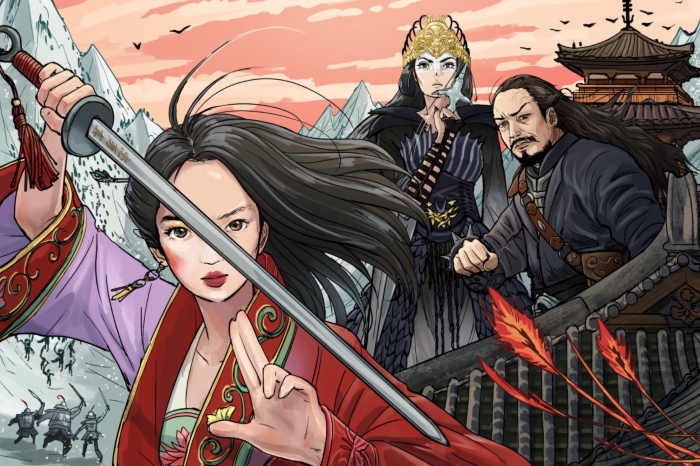A shy, awkward young girl stands in the center of a room as her mother and grandmother drape billowing fabrics around her and secure her hair in place with elaborate pins. She’s off to meet a matchmaker and settle down with a good husband, as her family expects her to. This is Mulan.
A fierce warrior steers a horse around a cliff face, willful and unafraid. Her armor protects her as she fights valiantly for the emperor of China. She quickly rises in the ranks to become a trusted warrior and bring honor to her family. This is also Mulan.
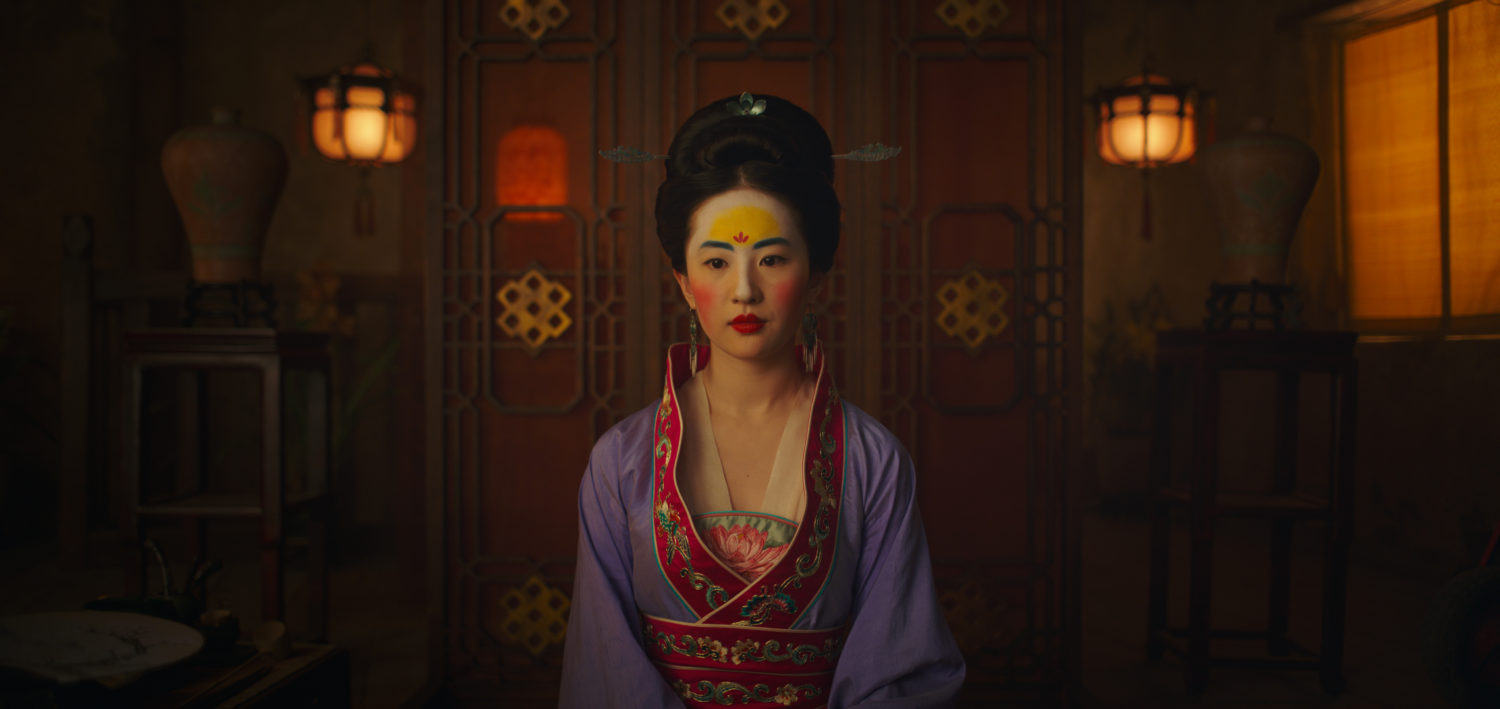
The age-old “Ballad of Mulan” has been passed down through many generations of Chinese folklore. Families from across the nation have long been familiar with the tale of a young village girl who disguises herself and goes to war in her aging father’s place, out of love and devotion for her family. These strong emotional pillars allowed Mulan’s story to be widely received and beloved when Disney first released the animated classic in 1998. The cautious, clumsy girl at the center of the film instantly won audiences’ hearts, and we collectively rooted for her as she faced a mounting list of challenges.
So when news first broke all the way back in 2015 that “Mulan” was being adapted into a live-action movie, interest around the creation of the film piqued. Who would play Mulan? What would the cast look like today? Would the story be a scene-by-scene remake, like “The Lion King” eventually became?
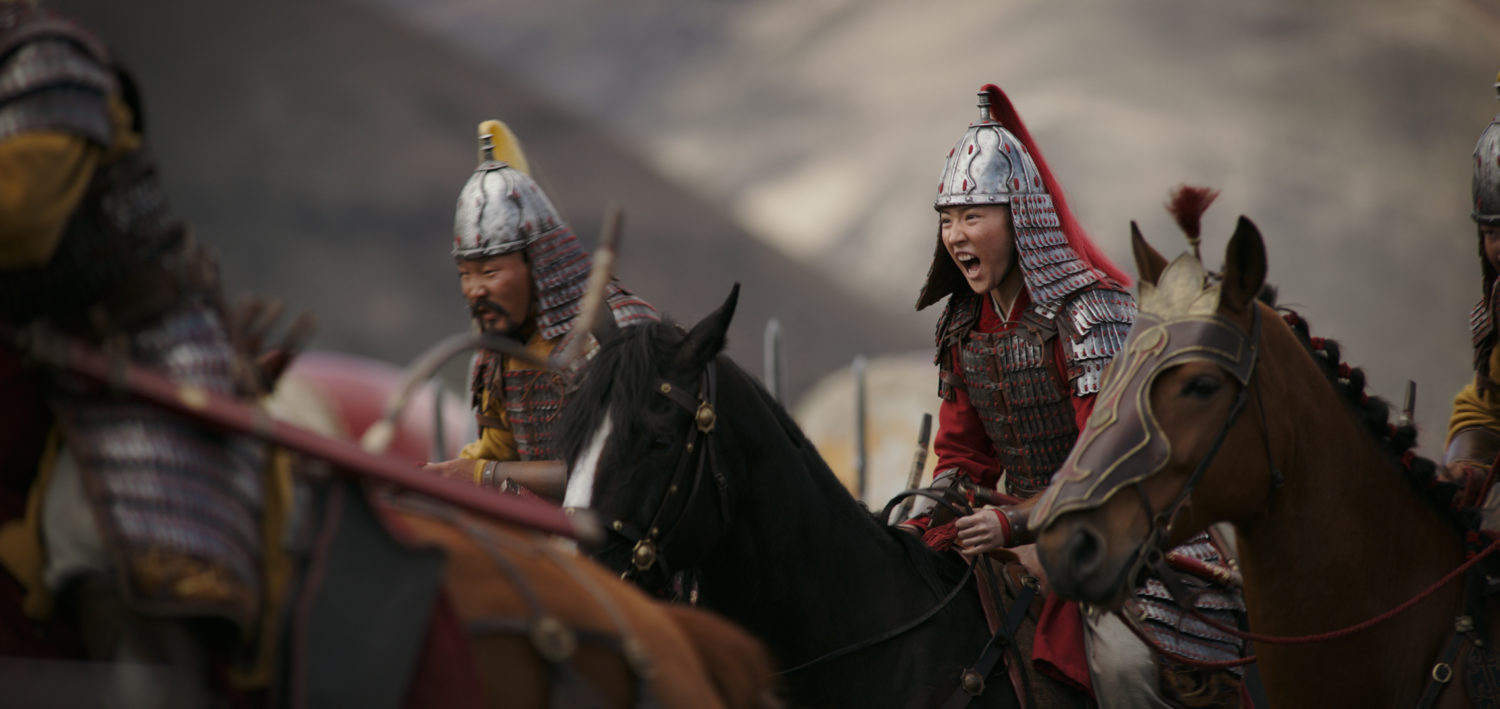
New Zealand-born director Niki Caro took the reins over an immense cast and crew. Her previous work includes “Whale Rider,” the story of a young Māori girl who dreams of becoming the chief of her tribe, and “The Zookeeper’s Wife,” which follows a couple who run the Warsaw Zoo and covertly save hundreds of lives from invading Nazis. These films demand a depth of cultural understanding and nuance, which Caro deftly maneuvers. She was drawn to Mulan’s story because of the everlasting relevance of its message. “The film may be set in ancient China, but the themes of honor, family and duty are perennial,” Caro says.
She and her team searched extensively for an incredible lead actor who could both endure the grueling physical demands of warrior training, and break your heart with just one look. More than a year after their search commenced, well-known Chinese actress Yifei Liu landed the part. “Every moment that Liu was on set, she raised the bar,” says Caro. Liu is an accomplished martial artist who can wield a sword and ride a horse, and at her audition, she delivered several dialogue scenes in English and passed the intense physical assessment. At the end of that day, Caro says, she had found her warrior.
Liu admits she was excited for weeks upon being confirmed for the role. Born in China, Liu moved to New York City at the age of 10 for a stay of five years, before returning to her native country to pursue a career in acting and modeling. For her, the role of Mulan is all about complexity. “Yes, I am playing a hero, but every human being is complex and complex is beautiful,” she says. Liu was especially conscious of showing her character’s vulnerability alongside her strength. “This is the hard part because it’s not like in one scene she’s 100 percent weak and vulnerable, and then the next day she’s a warrior,” says Liu.
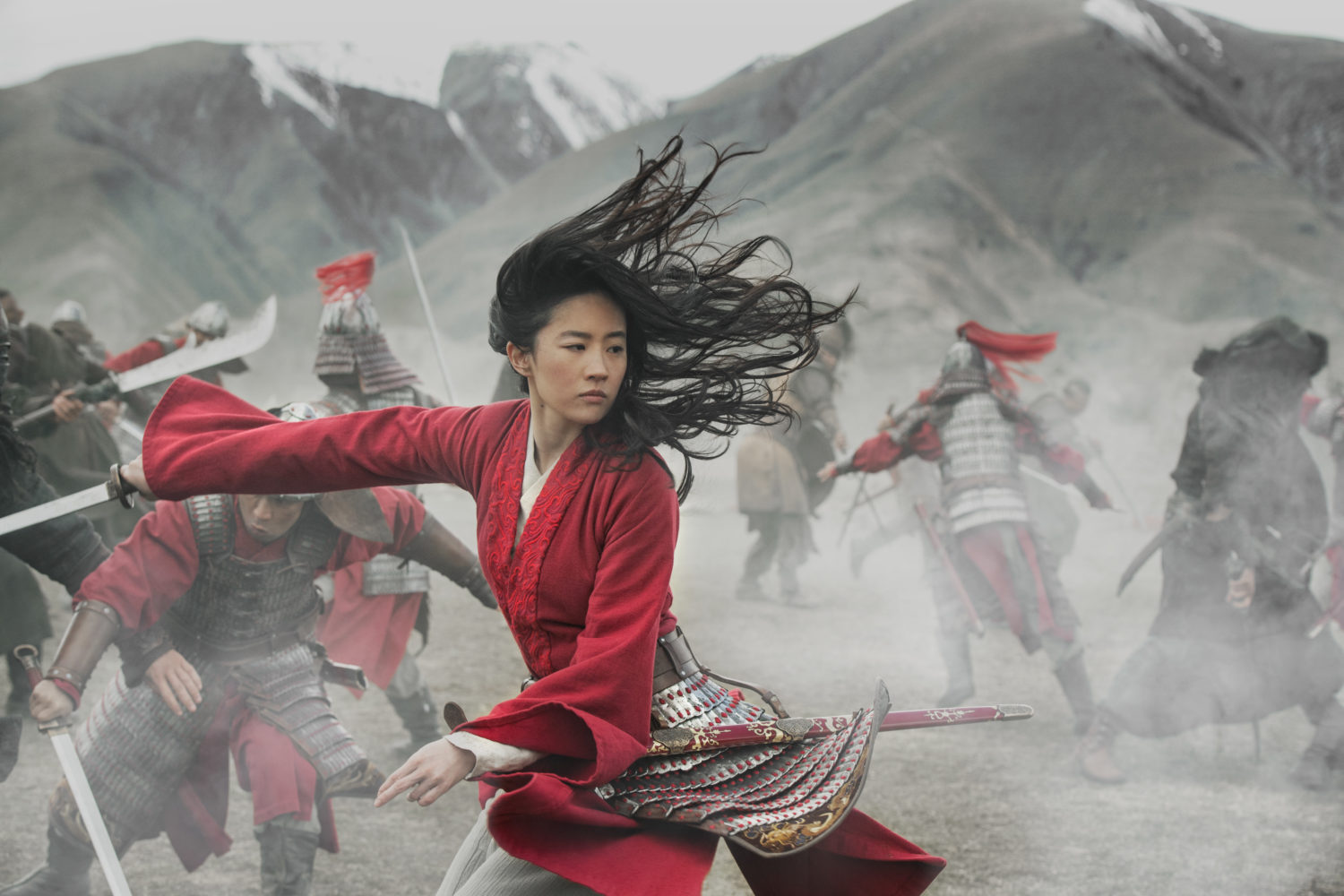
At the heart of Mulan’s story is love, the grand emotion that crosses all barriers—those of language, culture, age, geography and more. Mulan’s devotion and love for her father mobilizes the epic tale. Given the time in which the original story is set, women were expected to marry an honorable man and raise a family. But Mulan insists on taking her father’s place in the army to save him from the brutalities of war.
Rosalind Chao, who plays Mulan’s mother Hua Li in the live-action, was able to bring real-life context to her performance. “Hua Li really wanted what was best for her daughter based on her experience as a woman at that time,” Chao says. “Mulan’s rebellious nature and outsider status were concerns for her mother, and as a mother myself, I can cry just thinking about it. You want what’s best for your child.” Risk-takers are often touted as visionaries, but when that happens to be your own child on the cusp of sacrificing her life, the concern and frustration is more understandable. “I learned so much from this film,” says Chao. “You have to step outside of your own experience as a parent and try to understand what your child is contending with. It’s a huge lesson in this film and in life.”
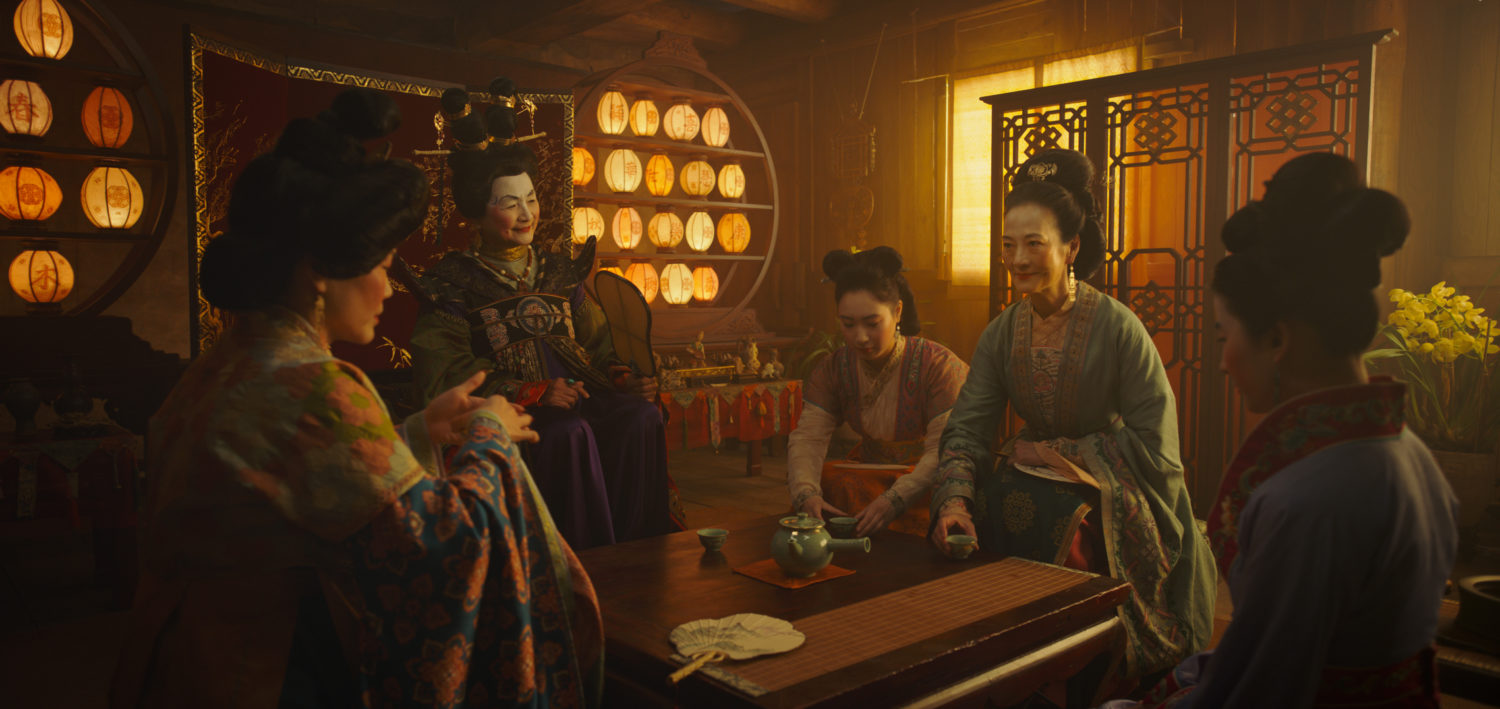
Though the basics of Mulan’s story are now almost globally known thanks to Disney’s animation, Caro and her team of writers felt the need for some updates. One of them comes in the form of Xianniang, a powerful sorceress whose story runs parallel to Mulan’s. Played by Singaporean actress Gong Li, beloved for her role as Hatsumomo in “Memoirs of a Geisha,” the filmmakers included a female villain to provide an equally strong counterpoint to the film’s hero. Li brings a quiet fury to her role, but showcases that Xianniang only wants freedom and survival—everything Mulan is after.
Another character born through this iteration of “Mulan” is Honghui, a young conscript played by Yoson An. “I guess you could say that Mulan and Honghui start off on the wrong foot,” An teases of his character. The commander’s constant eye on Mulan suggests to Honghui that there is something different about this particular soldier. “It turns out that there is something very special about Mulan that he discovers alongside the audience,” An says. “She has this powerful inner chi about her.”

However, some cutting-down was also required to create an updated “Mulan.” As many disappointed fans have noticed, the beloved red dragon Mushu, and some of our favorite sing-along jams, didn’t make the cut in the new film. But not all characters from the original were left behind. CriKee, the Fa family’s lucky charm, appears in human form as Cricket, played by silver-screen newcomer Jun Yu. Adapting the character from insect to person was tricky but Yu assures us he embodies the sharp and loyal Cri-Kee from the original film. “Working with Niki was phenomenal,” he says. “She was able to effortlessly draw out emotions from us. I’ve been so blessed, and spoiled, to work with her on this project.”
Mulan’s three bumbling army pals, Ling, Chien-po and Yao, also made it into the adaptation. For YouTube comedian and entertainer Jimmy Wong, who plays Ling, this was his first role on a production with such a large scale. He recalls walking on set on a regular day of filming and seeing close to 300 people working tirelessly toward a unified vision. “That was really humbling and inspiring for me to have experienced,” Wong says. “The original movie is one of my favorite Disney films of all time because at the core of it is the belief that any child, male or female, can bring honor to their family.”

Not only is this film important because of its core values, but the coming together of a tremendous Asian and Asian American cast makes “Mulan” all the more significant. Over the past decade or so, Asian representation in mainstream cinema has been on the upswing. With “Crazy Rich Asians” and comedians like Ali Wong and Awkwafina redefining the roles of AAPIs in film and television, the opportunities have only continued to expand. Diversity is finally moving away from a token buzzword into a healthy realm, one in which work is awarded to the person most suited to deliver.
“Ip Man” actor Donnie Yen, who plays Commander Tung, was drawn to the movie not only for its famed, central female character, but also because the project was directed by a woman. “I appreciate not only a person who has the talents and ability to run things in life, but particularly a woman, because sometimes, unfortunately, women are not given the same opportunities in our world,” says Yen. He felt it was vital to support a crew that had several women in leadership positions. “As a world citizen, it means something to me and my family to support and empower women any way I can.”
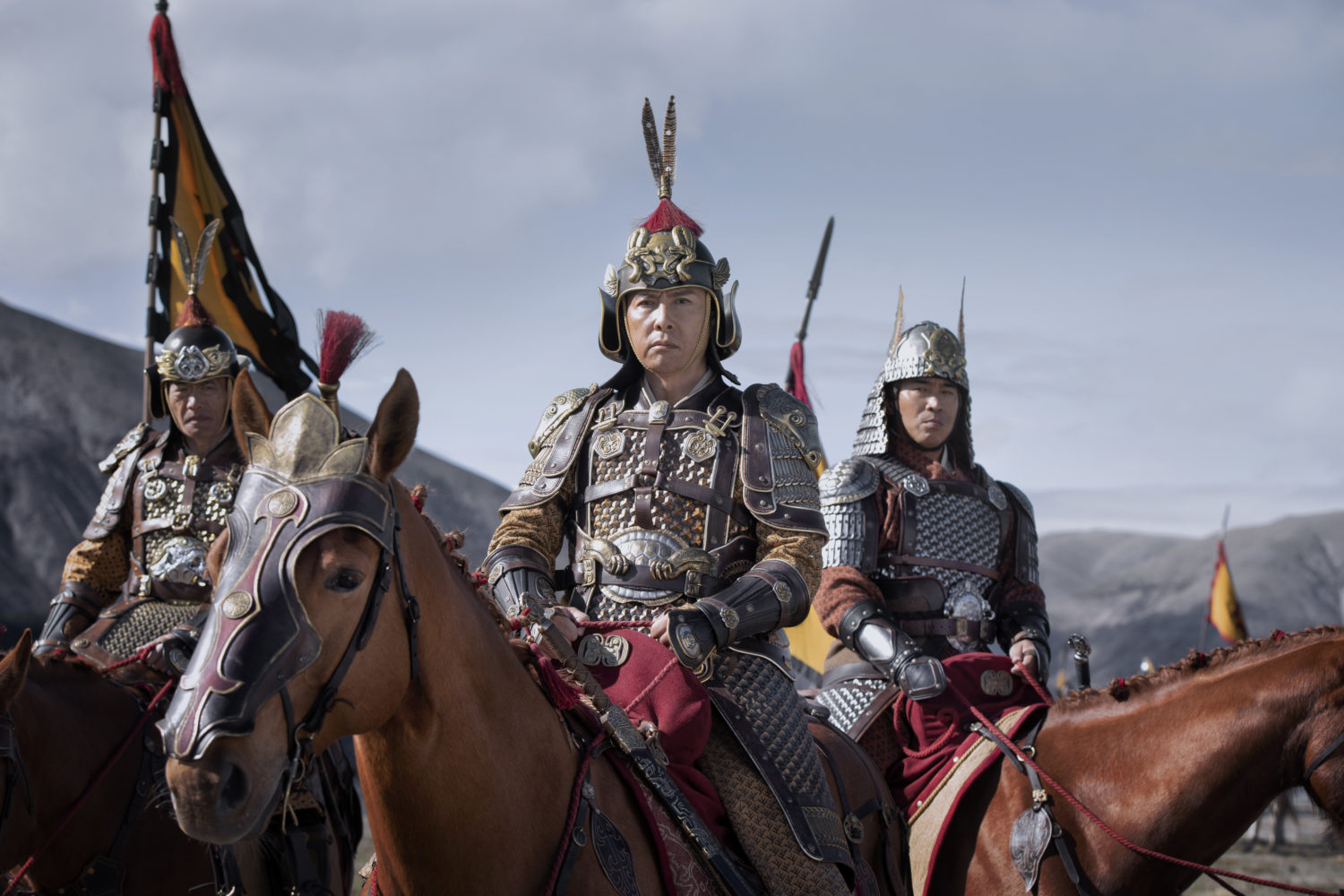
Women make up much of the rest of “Mulan”’s crew as well, including costume designer Bina Daigeler. In particular, she helped re-create the Imperial City of China—not an easy task by any means. That the story is based on folklore and has been retold over centuries meant that Daigeler had a lot of resources to comb through. “I had 50 actors with three or four costume changes, and the Imperial City with 200,” Daigeler says. “Then the village needed another 250, and the armor brought the total up to over a thousand costumes.” Silks and fabrics were gathered from around the world and brought to her workroom, where most of the costumes were created. Daigeler even traveled to China and visited museums to take inspiration for the film.
Böri Khan, the invading Mongolian warrior played by Jason Scott Lee, was a huge research project for Daigeler, as he was based on an actual invader recorded in history. “I designed his shadow warriors first,” she says, “and once that was done, I moved on to his costume. I wanted the whole costume to move with him when he is on the horse or in action. We used black leather in the design, and it has a lot of texture.” The result? Khan effortlessly balances the unbridled power and presence of an invader with an almost unnerving gentleness in his low voice.

With the intention to create something magical, Caro also teamed up with Australian cinematographer Mandy Walker. During early discussions, they decided to center the movie on Mulan discovering her inner power and strength. More importantly, they discussed how to convey that narrative in a visual language. “One of the special things about this movie was one of the first things we talked about—the battle sequences,” says Walker. “We didn’t want them to be generic or bloodthirsty. They needed to be from Mulan’s perspective, and she is an elegant, controlled, spiritual fighter in the way that she holds herself in battle.” The level of attention to detail that Walker brought to the project saves “Mulan” from stereotypical renditions of fight sequences that some audiences tend to gloss over.
Going another level deeper, Walker reveals that the crew frequently filmed with special lenses. Some were created with glass from the 1800s, and some from 50 years ago, manipulating light and focus to tell the story emotionally. “Sometimes we wanted to drop off the edges with focus, or have a special ‘chi’ lens that gives a chromatic aberration around [Liu] to be magical,” she says.
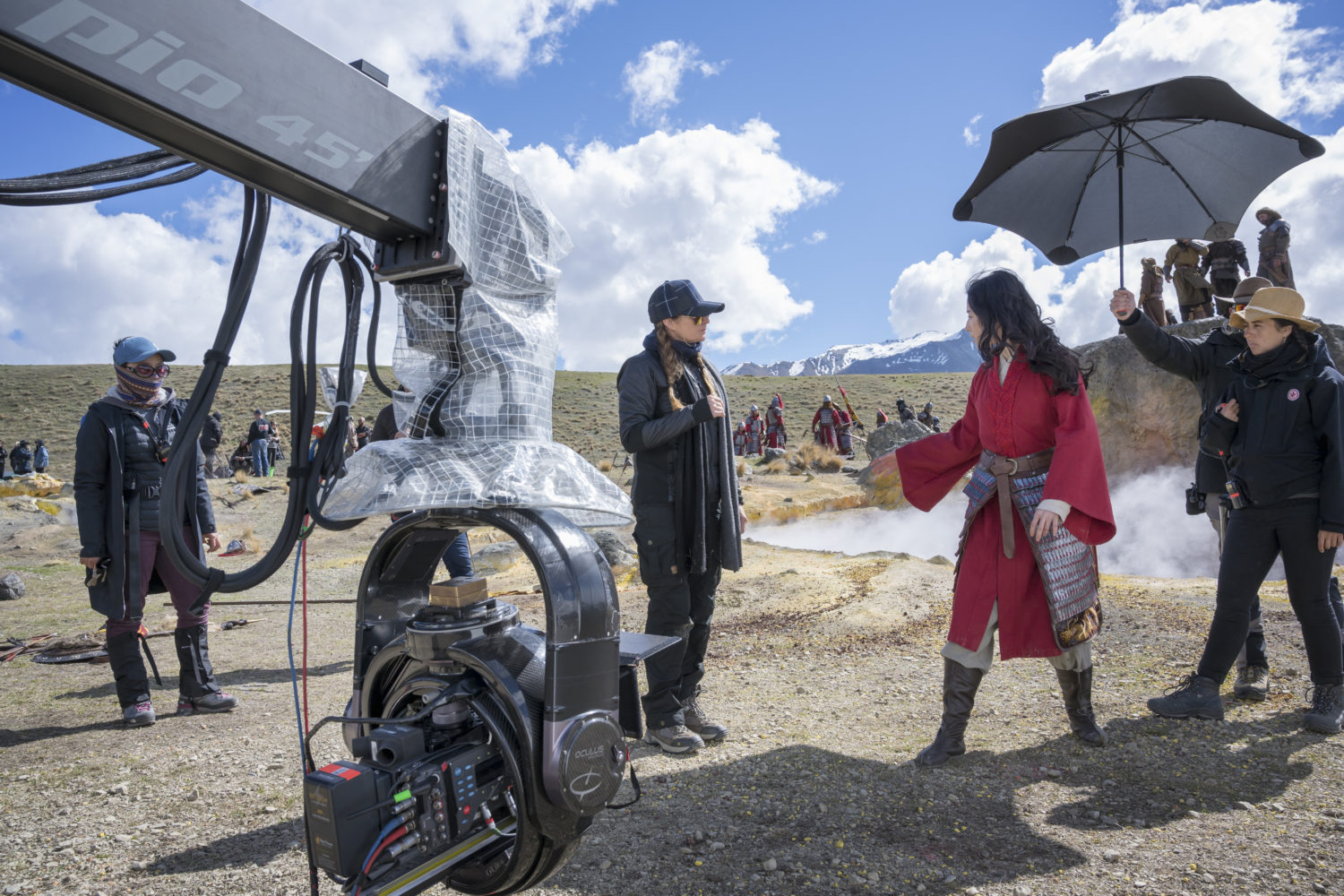
In the 20-something years that have passed between the animated “Mulan” and the one that will finally premiere on the streamer Disney+ on September 4, much of the first movie’s audiences have grown up. Their expectations of this film are based on the world they live in now, with all its heightened sensibilities. So the way in which the live-action film has come together—the seamless intertwining of several cultures and ethnicities, the fluency in telling a story that is outside one’s personal vantage point and the commitment to preserve what has worked so well for many generations—is only fitting for the here and now.
For audiences, “Mulan” offers a personal snapshot. How did one girl’s story uplift us then as children, and now again as adults? It’s as much about what we take into the viewing experience as what we get out of it.
This article appeared in “Character Media”’s July/August 2020 issue. Check out our current e-magazine here.



